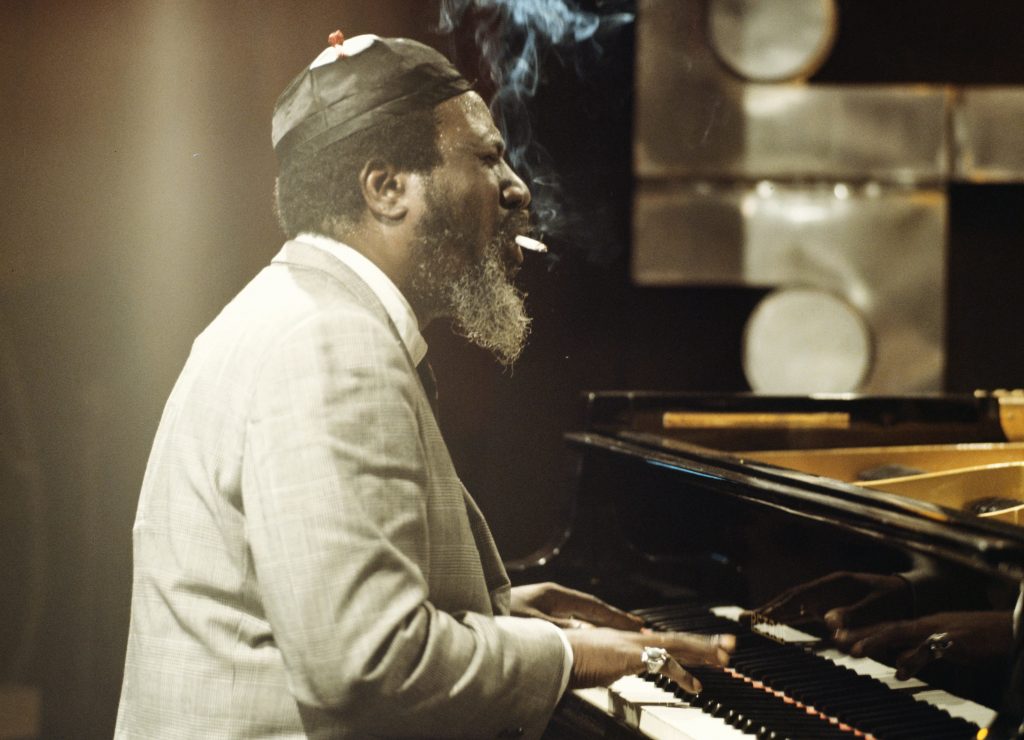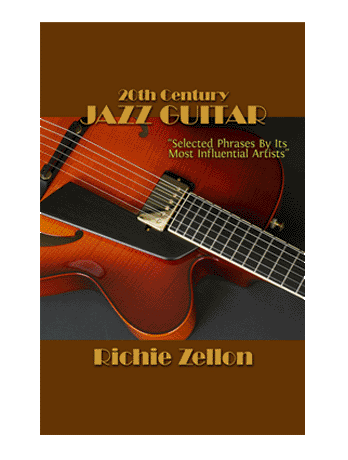Monk Chords for Guitar
 Do you like bebop? Do you like Thelonious Monk? Are you looking to expand your jazz chord vocabulary? If so, read on…
Do you like bebop? Do you like Thelonious Monk? Are you looking to expand your jazz chord vocabulary? If so, read on…
In my newly posted lesson I share several snippets of Monk transcriptions I’ve done, in order to adapt some of his unique piano chord voicings to the guitar. The first jazz guitarist I recall hearing that incorporated these type of harmonic textures was Jim Hall, otherwise known as the father of modern jazz guitar. In his playing he featured several Monk-like voicings employing minor and major seconds, sometimes referred to as “clusters”. Of course today it’s common to hear them in the playing of John Scofield, Bill Frisell, and Peter Bernstein among many others.
In this video I demonstrate how I (and you too!) can apply these “tension rich” chords to various standards you’re familiar with! You can use them to create chord melody or simply when comping. Check it out here:
PDF & AUDIO DOWNLOAD:
The “Monk Chords for Guitar” lesson download includes: PDFs with 28 Theory & examples from transcriptions featuring both regular notation and detailed TAB. Also an MP3 of all the examples!
[Content protected for Elite, Elite 3 Month, Elite 6 Month members only]
4 Comments
Submit a Comment
You must be logged in to post a comment.

Richie,
The download link appears to be broken. Please review and advise. Thanks so much.
Sorry, can’t find anything wrong with it and others have downloaded it without any problem. I suggest you try with a different browser or check if your anti-virus is blocking it.
This lesson contains some incredible material that revolves around a chord that appears to have both a minor and a major seventh. Clearly there is likely to be some tension involved. To paraphrase one of Richie’s comments, we can benefit by using harmonic structures that create tension as long as we can also resolve them. Richie re-harmonizes parts of various standards using the 21st chord form in a few different ways to create some really sophisticated and intensely beautiful music. I definitely enjoyed this lesson.
Thanks Duncan, glad you enjoyed it!